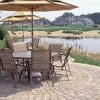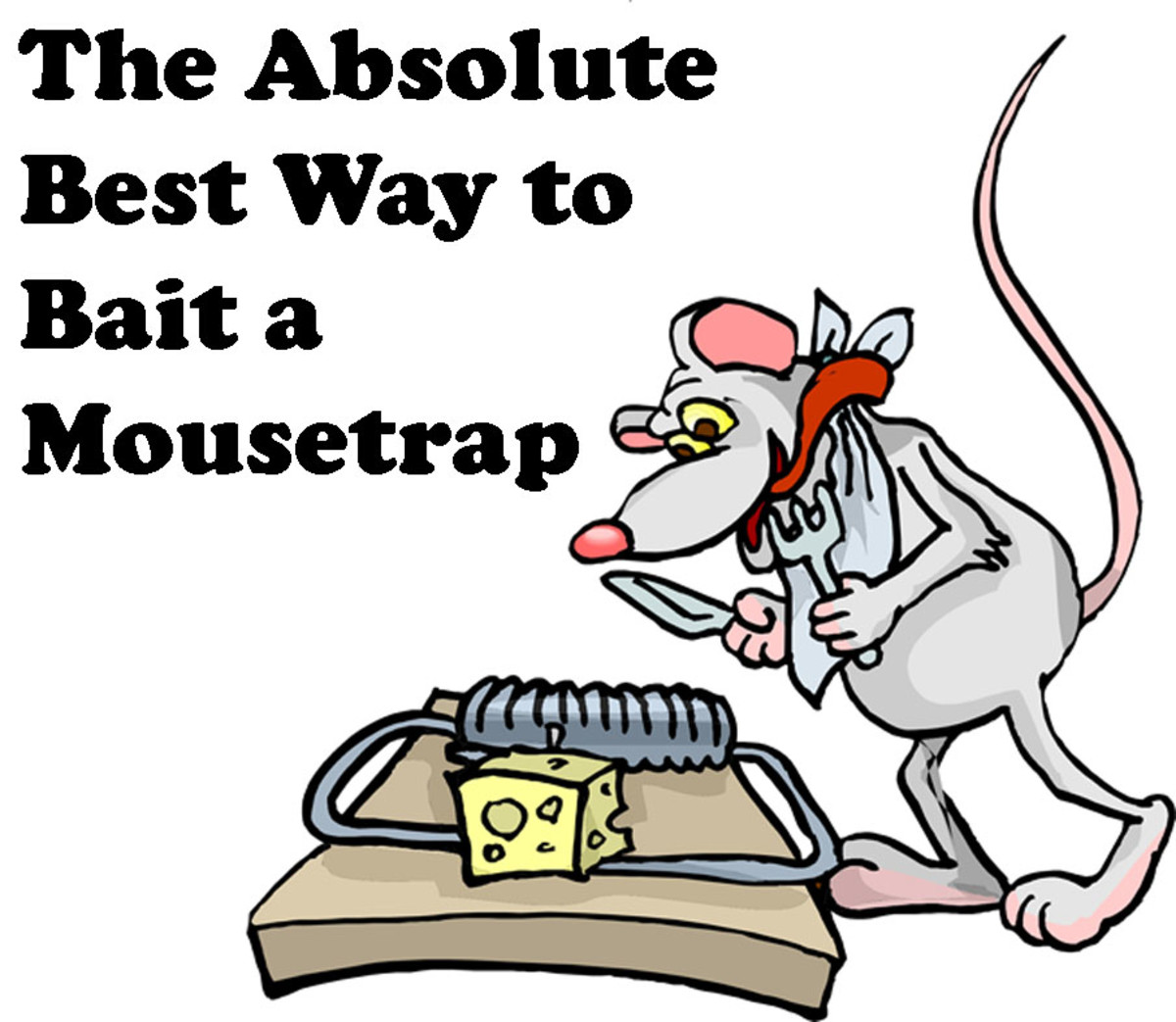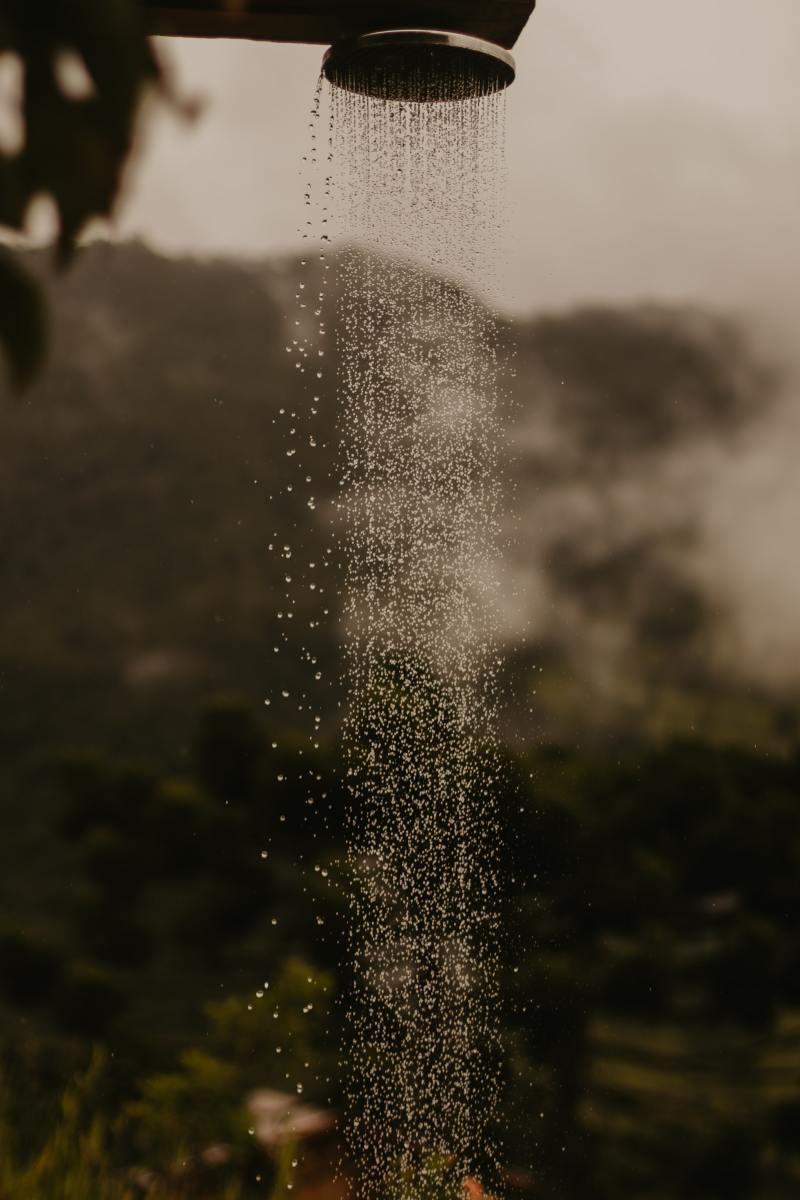Paver Cleaning
Before & After PaverCleen
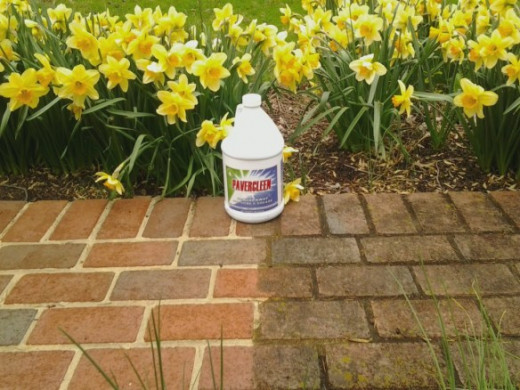
Pavements consist of many different surfaces--cement, brick, granite, and more. No matter how durable products are, Mother Nature always finds a way to create a mess. Cleaning surfaces usually takes place in spring by clearing off debris that Old Man Winter leaves behind. Tending to pavements can either be fun or not. It depends on how to tackle cleaning. Let's take a look at the various ways to clean pavements, stucco walls and the like, everything masonry really.
Paver Clean Instructions
Concrete Jungle
No matter where you reside, concrete footing generally resides below. This foundation blend of sand, stone, and Portland cement is located worldwide. Cleaning concrete not only enhances its beauty, but also makes it last longer. Even though numerous products exist on the market to clean pavement, the most economical solution is using an industrial strength degreaser. Highly concentrated degreasers provide the ability to dilute during routine applications, while still being able to spot clean stubborn stains.
How To Clean Off Bricks
Supplies To Clean
Before you begin, get the tools and supplies ready for the job. The last thing you want to do is start cleaning and then spend half the day looking for your hose to rinse the pavers. The necessary items are listed as follows:
- 5 gallon bucket
- 1 scrub brush with handle
- 1 pair black nitrate gloves
- 1 gallon of PaverCleen
- 1 pair safety glasses
- 1 garden hose or pressure washer
There are a few other items, such as a pump sprayer and scaffolding, that will improve proficiency. Without them, just remember to set aside more time. If you plan to clean masonry walls from a ladder, make sure someone is holding the base for safety's sake. Note also that pressure washers can cause back strain.
Cleaning
Cleaning off the masonry surface is an easy three-step process.
- Step 1 - Pour or spray.
- Step 2 - Let it sit and wait a bit.
- Step 3 - Power Away!
Here are the steps expounded:
Step One. Clear off debris, such as, leaves and large clumps of dirt. Mix PaverCleen by first filling a five (5) gallon bucket halfway with hot water. Then pour in a cup of PaverCleen. The best proportion is a 5:1 ratio: five (5) parts water to one (1) part PaverCleen Next, finish filling the bucket with hot water. To spray evenly a pump sprayer is recommended (but not necessary). Agitate the mixture lightly with a scrub brush.
Step Two (the most important step). Let PaverCleen sit for 10 to 15 minutes. Resist the urge to clean and let the solution absorb to do its magic.
Step Three. Agitate again and then rinse off with a hose or pressure washer.
Many people ask if using PaverCleen is safe for plants. When used properly, it is harmless. For extra precaution, mist your nearby plants before and after your big clean. This measure ensures that no concentrated residue lingers.
2 Weeks Later - Safe For Plants
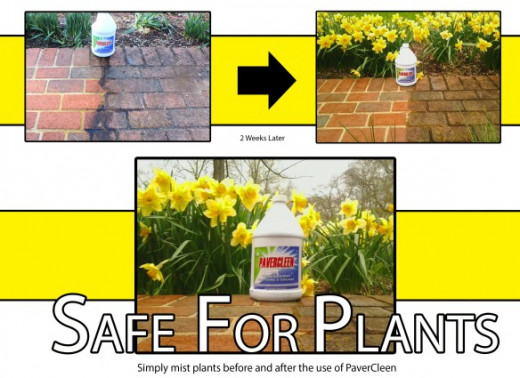
Dirt
Typically dirt on pavers is the easiest to remove. These particles tend to be free moving and have not been ingrained into the surface. Raking and/or sweeping with a broom will brush off the majority of dirt. Use PaverCleen to clean off stubborn dirt. A dilution of 5 to 1 is all the cleaner that's necessary.
Grime
Grime on pavement is a more stubborn stain. By definition grime is dirt that has been engrained into the top layer of a surface. These stains are commonly seen on garage floors after long winters of melting mud and salt. To clean off stubborn grime stains, continue to apply a PaverCleen dilution of 1 to 5; however, spot clean with a 1 to 1 ratio in hard to clean areas.
Grease
Grease on pavement usually originates from dripping oil of an automobile. These stains are very slick and messy. If oil has recently spilled onto the pavement, first soak it up with kitty litter or sawdust. Remove the latter, and then apply PaverCleen to extract the rest of the stains. If the grease has been there for years, it may be embedded into the substrate. Full concentrate PaverCleen will be required to draw out these deep stains.
Efflorescence
Efflorescence is a white residue that occurs when salts absorb into the surface of pavement. It particularly accumulates on brick and thus is seen on chimneys. Such stains are not easily removed with regular PaverCleen. In turn, you will need to apply other solutions, either PaverCleen E or Ef-fortless. For additional tips, research other articles about cleaning off efflorescence.
Removing Gum
Gum
Gum on pavement is the toughest of stains. So much so that the cost of cleaning gum from surfaces warranted Singapore's legal banning of chewing it. Removing this substance will require a few treatments. Apply PaverCleen to loosen it. Blast away with a power washer right on the base of the glob. After a few applications, the gum will freely jiggle. For extremely aged gum stains, place ice around the edges of borders to weaken the bond with the pavement.
Concrete Pavers
Interlocking pavers are manufactured in concrete plants. They are a very popular choice for patios, walkways, and driveways. Some pavers have color the the whole way through, while others like the Imperial line only have color on the top. Although looks and colors differentiate, essentially all varieties are cleaned the same way. Simply follow the easy PaverCleen one, two, three process listed above (under Cleaning).
Before and After
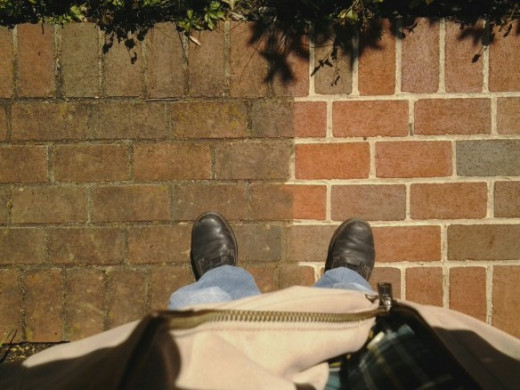
Clay Bricks
Clay bricks are baked in industrial ovens. Next to rocks they are the oldest masonry surface. Ancient bricks were laid in the sun to bake. The Chinese were the first to introduce the concept of baking the bricks in kilns for the building of the Great Wall. Because of color contrast, red bricks tend to show the most dirt. Cleaning clay is the same process as cleaning concrete.
Granite Pavers
The most durable of hardscape surfaces is the granite paver. Unrivaled in strength these pavers are made from recycled granite discarded during the manufacturing of countertops. Granite consists of 90% quartz and feldspar minerals, which has a hardness of 6+ on the Moh's scale (halfway between talc and diamond). Most granite is grey to dark grey. Stains on these surfaces will be more difficult to detect. When necessary, granite cleaning is the same as suggested for brick and concrete.
Poured Cement
Poured concrete is rather common in basements, garages, and sidewalks. The seamless surface can be good and bad. Poured concrete will resist water intrusion. Yet, large spans tend to dirty faster. Poured concrete is nothing more than one large continuous paver. The same cleaning procedures are recommended for this surface, although much more cleaner will be needed.
Stucco
Stucco is a popular decorative coating on the outside of homes. This masonry surface typically has a yellowish hue. Molds and stains tend to build around run off areas from gutters. When cleaning stucco walls, it is recommended to rent scaffolding. This preventive will let you safely apply PaverCleen from the top down.
Asphalt
Asphalt also known as blacktop is commonly used for home driveways. Asphalt is petroleum based. This means that it is made of oil. PaverCleen is designed to remove oil from concrete. This means that it will also remove some of the top layer of asphalt. It is not recommended for blacktop. Note that the only time to clean asphalt is when paint stains occur. A carefully applied small amount of muriatic acid will remove the paint.
Sealing Pavement
After pavers or walls are clean, they are ready to be sealed. Although not a necessity, many folks prefer having pavements with a sealed reflective appearances. Siloxane is a great sealer. One gallon will cover up to 200 square feet of pavement. In the sealing article we discuss the full process of for cleaning and sealing masonry.
Conclusion
Cleaning pavement is an easy process. Make sure to map out what pavement you are going to clean on what day. After assembling all the necessary supplies and tools, cleaning becomes a simple three-step process. Removing gum and other stubborn stains requires additional time, but nothing that a pressure washer and PaverCleen can't handle.
